Neuroscientists introduce a new tool to detect hippocampal activity.


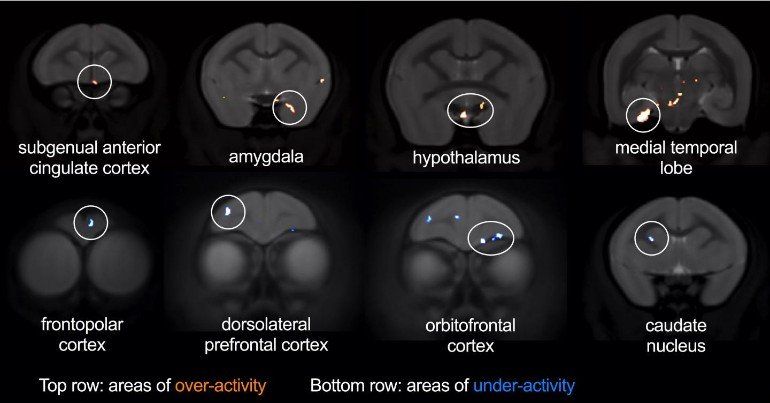
Overactivity in the subgenual anterior cingulate cortex underlies several key symptoms of depression, anxiety, and heart disease.
Summary: Over-activity in the subgenual anterior cingulate cortex underlies several key symptoms of depression, anxiety, and heart disease.
Source: University of Cambridge
Over-activity in a single brain region called the subgenual anterior cingulate cortex (sgACC) underlies several key symptoms of mood and anxiety disorders, but an antidepressant only successfully treats some of the symptoms.
A new study, published today in the journal Nature Communications, suggests that sgACC is a crucial region in depression and anxiety, and targeted treatment based on a patient’s symptoms could lead to better outcomes.

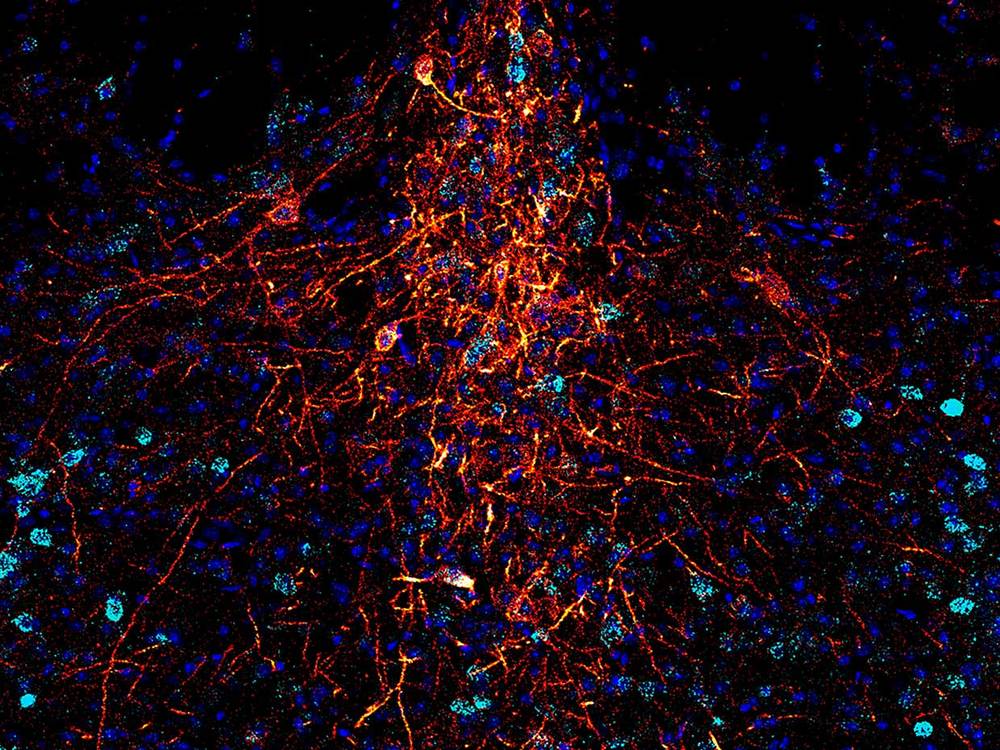
“This is kind of a nice bookend to 16 years of research,” says Deisseroth, a neuroscientist and bioengineer at Stanford University. “It took years and years for us to sort out how to make it work.”
“The result is described this month in the journal Nature Biotechnology.”
“Optogenetics involves genetically engineering animal brains to express light-sensitive proteins—called opsins—in the membranes of neurons.”
Optogenetics can now control neural circuits at unprecedented depths within living brain tissue without surgery.
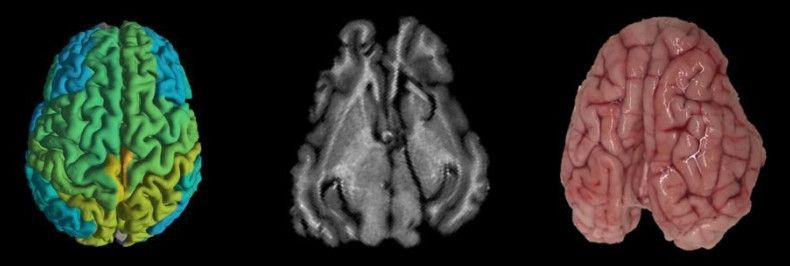
While it may not immediately sound like a dramatic feat, it could open up completely new possibilities in the field of neurological research.
“This is a problem that everyone dreams of solving,” Dr. Sinefeld said, referring to the difficulty in successfully examining thick brain tissue, especially through adult fish scales.
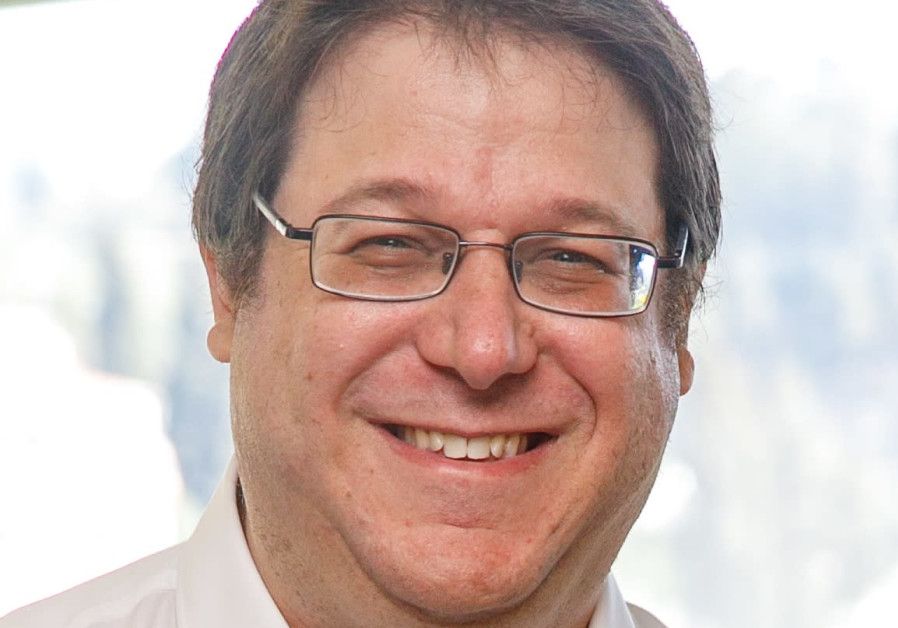
Dr. David Sinefeld (Credit: Jerusalem College of Technology)
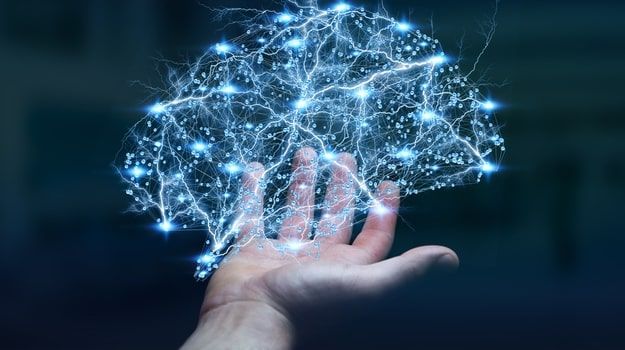
“In a breakthrough study published on February 19th in Nature Biomedical Engineering, researchers connected neural dust implants reduced to 1.7 cubic millimeters to rat sciatic nerves. The implanted device, called the StimDust system, consisted of very few components, which will be scaled down for future applications. A piezoceramic ultrasonic transducer generated power allowing for wireless communication and stimulation. A capacitor stored any excess energy generated from ultrasonic beams. Bipolar stimulating electrodes directly interfaced with the nerve while a cuff attached to a small circuit-board allowed the device to adhere physically to the nerve. These components were sufficient to generate or record nerve-impulses. In anesthetized rodents, they elicited muscular contractions with the StimDust system.”
While Neuralink, Elon Musk’s startup-venture focused on creating a brain-computer interface, garners lots of coverage in the biotechnology space, other bioelectronics ventures continue innovating in this space.
iota Biosciences, a spin-off company from UC Berkley formed in 2017, made news two years ago by securing $15 million in Series A funding and again last year announcing a partnership with Astellas Pharma Inc. Bolstered by studies in rodents, iota Biosciences advances towards their vision. In a press release on their partnership, founders Jose Carmena and Michel Maharbiz commented:
We envision a future in which our ultra-small implantable devices will be used in combination with, or as an alternative to, conventional diagnostics and therapies. Through our collaboration with Astellas, we expect to make our innovative technologies available to patients around the world.
Carmena and Maharbiz are right on track, winning the prestigious 2017 McKnight Technological Innovation in Neuroscience Award. While electric stimulation devices for the heart, cochlea and brain already exist, Carmenas and Maharbiz recognized the key limitations of existing technologies.
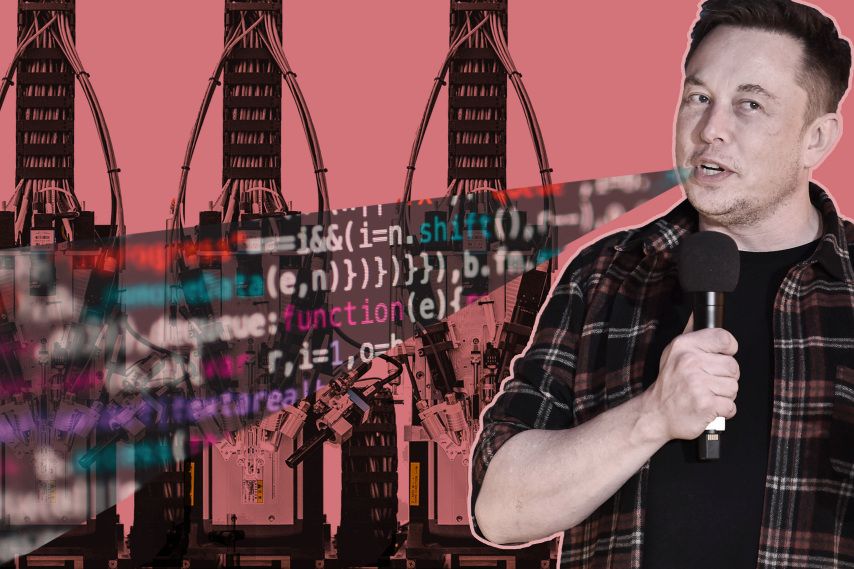
Rock-climb without fear. Play a symphony in your head. See radar with superhuman vision. Discover the nature of consciousness. Cure blindness, paralysis, deafness, and mental illness. Those are just a few of the applications that Elon Musk and employees at his four-year-old neuroscience company Neuralink believe electronic brain-computer interfaces will one day bring about.
None of these advances are close at hand, and some are unlikely to ever come about. But in a “product update” streamed over YouTube on Friday, Musk, also the founder of SpaceX and Tesla Motors, joined staffers wearing black masks to discuss the company’s work toward an affordable, reliable brain implant that Musk believes billions of consumers will clamor for in the future.
“In a lot of ways,” Musk said, “It’s kind of like a Fitbit in your skull, with tiny wires.”

Why is one particular intellectual capacity valued over so many other worthy qualities, like compassion, honesty, courage, and common sense?
A t some point during the past decade, Harvard professor Michael Sandel started to notice the increasingly frequent invocation of a particular word: “smart.” The term was being applied to all manner of products and devices: smart phones, smart cars, smart thermostats, even smart toasters. He also heard the word creeping into the language of politics, employed to justify and promote governmental initiatives. “The way the word was being used bothered me,” Sandel says. “It seemed to pair a narrow kind of technocratic expertise with an attitude of smug superiority.”
Political philosopher that he is, Sandel decided to conduct an analysis of presidential rhetoric. Before the 1980s, he found, American presidents rarely used the word “smart” in their public speeches. Ronald Reagan and George H.W. Bush employed the term relatively sparingly. But the use of the word in presidential remarks “exploded” during the administrations of Bill Clinton and George W. Bush, Sandel reported, with each man uttering the word “smart” at least 450 times. Barack Obama spoke it more than 900 times, and Hillary Clinton often invoked the term both as Secretary of State and as a candidate running for the highest office. This “rhetorical tic,” Sandel came to recognize, was representative of a much more sweeping cultural change, one he addresses with concern in his new book, “The Tyranny of Merit.” Over the past 40 years, he observes, America’s ruling class has exalted one quality, one virtue, one human attribute above all others: smartness.

Extreme events occur in many observable contexts. Nature is a prolific source: rogue water waves surging high above the swell, monsoon rains, wildfire, etc. From climate science to optics, physicists have classified the characteristics of extreme events, extending the notion to their respective domains of expertise. For instance, extreme events can take place in telecommunication data streams. In fiber-optic communications where a vast number of spatio-temporal fluctuations can occur in transoceanic systems, a sudden surge is an extreme event that must be suppressed, as it can potentially alter components associated with the physical layer or disrupt the transmission of private messages.
Recently, extreme events have been observed in quantum cascade lasers, as reported by researchers from Télécom Paris (France) in collaboration with UC Los Angeles (USA) and TU Darmstad (Germany). The giant pulses that characterize these extreme events can contribute the sudden, sharp bursts necessary for communication in neuromorphic systems inspired by the brain’s powerful computational abilities. Based on a quantum cascade laser (QCL) emitting mid-infrared light, the researchers developed a basic optical neuron system operating 10,000× faster than biological neurons. Their report is published in Advanced Photonics.
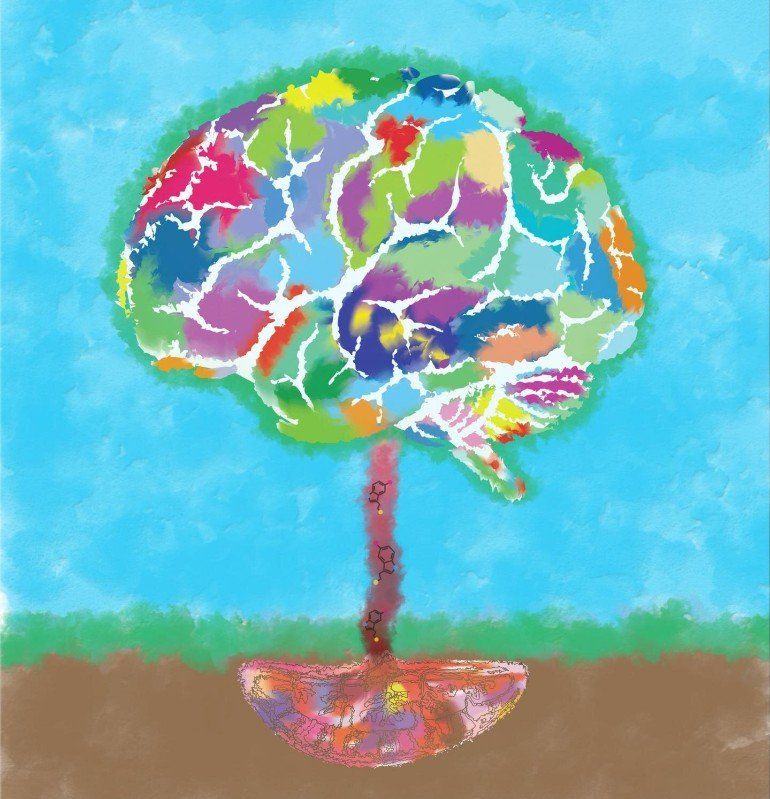
Summary: Study reveals a new role for serotonin in the development of the human neocortex. Serotonin acts cell-extrinsically as a growth factor for basal progenitors in the developing neocortex. Researchers report placenta-driven serotonin likely contributed to the evolutionary expansion of the neocortex in humans.
Source: Max Planck Society
During human evolution, the size of the brain increased, especially in a particular part called the neocortex. The neocortex enables us to speak, dream and think. In search of the causes underlying neocortex expansion, researchers at the Max Planck Institute of Molecular Cell Biology and Genetics in Dresden, together with colleagues at the University Hospital Carl Gustav Carus Dresden, previously identified a number of molecular players. These players typically act cell-intrinsically in the so-called basal progenitors, the stem cells in the developing neocortex with a pivotal role in its expansion.